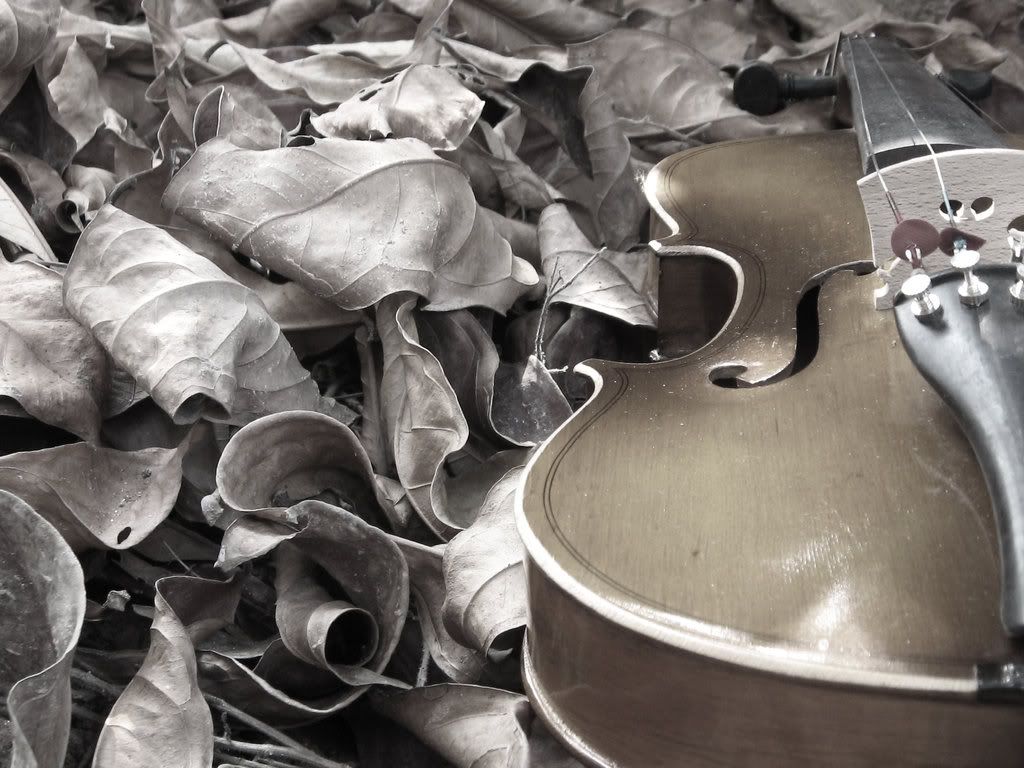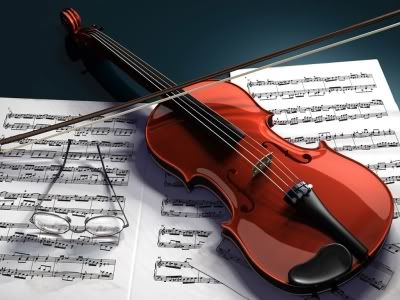NOVA BRÉSCIA VISTA DE CIMA
IMAGEMAEREARS
************
Nova Bréscia - "New Brescia" in Latin, founded 1964
Not surprisingly, wherever they go, everything rises up around them. The hard work, the intelligence, the creativity; a culture-bearing people. This is a rural area, the kind of place where there always is talk of the lack of opportunities, but they're the kind of people who just make things happen. The first settlers arrived in 1902, but it became official in 1964.
************
Rio Grande do Sul - "Great Southern River"
Nova Bréscia is located in the Rio Grande do Sul state in Brazil, which is the southernmost state. Often people from Brescia, and other people from the Padan plane, immigrated in order to find affordable farm land. I once read that some Brescians in the early twentieth century had migrated to a then sparsely populated Turkey, probably for the same region. There are approximately 10,000 Brescians in Brazil.
************
Festival Do Chrrasqueiro
Is the actual origin of the churrasquiero from the traditional Brescian spit? That's what this piece seems to suggest, although I don't know. A lot of people arrive for the festival; not every person in these videos is Bresican. The whole general region there is mainly Portuguese, Italian, German, and African. Most of the faces seem to clearly be Brescian. Outside of the semi-tropical vegetation, the town looks much like a town in rural Brescia. Such a different landscape from the Northwoods environment where my family settled, although it's similarly rural.
FestivalDoChurrasqueiro.com.br
'Lo Spiedo Bresciano: The Brescian Spit'
Os Churrasqueiros de Nova Bréscia
Encontro dos Churrasqueiros de Nova Bréscia
************
 Nova Bréscia
Nova Bréscia[Translated by Bing Microsoft Translator. It's not an exact match, with Portuguese, Italian, and English translating back and forth a little too much in a few places.]
Nova Brescia is a municipality in the Brazilian state of Rio Grande do Sul,colonized by Italian immigrants. It is located at a latitude of 29º12'52" south and at a longitude of 52º01'39" west, being at an altitude of 313 meters. Its population was 3,184 according to the 2010 IBGE census.
It has an area of 102.183 km².
New Brescia is known as the capital of lies, holding every two years the Festival da Mentira ("Festival of Lies"),where the person who tells the biggest lie wins, but who manages to leave viewers in doubt about its veracity. It is also known for being the capital of the churrasqueiros.
History
Municipality created on December 28, 1964, according to State Law Number 4,903. On April 11, 1965, the first mayor, João Arlindo Deves, was graduated, having as deputy Alfredo Silvestre Macagnan. The first chamber of aldermen was composed of João Sbardelotto, Benjamin Giongo, Guido Dalpian, Alcides Armando Laste, Isidoro Berti, Alcides Zambiasi, Maximiliano Salami and Arlindo Simonetti.
"Noi italiani lavoratori,/ Allegri andiamo in Brasile./ E voialtri d'Italia signori,/ Lavoratelo il vostro badile./ Se volete mangiare." We Italian workers/ Let's go happy for Brazil./ And you nobles from Italy,/ Get your shovel/ If you want to eat.
This was the spirit, this was the chant of the Italian immigrants on their ships. They were fleeing Italy like a prison. There was so much abundance of manpower in Europe that more than 10 million Italians immigrated to the New World between the 1810s and 1930s. In Brazil, from 1875 to 1935, 1.5 million entered, of which 100,000 came to Rio Grande do Sul, with the most diverse qualifications.
The immigration of the Italians is linked to the process of unification of Italy and the victory of capitalism over the "small kingdoms and their agrarian structure", deeply affecting the families who lived on the land. From Brescia, located in the Region of Lombardy, many Italians arrived in Rio Grande do Sul, giving birth to the city of New Brescia.
Exactly in 1895, the Italian families of De Maman, Mezacasa, Casaril and Daroit, coming from the municipalities of Bento Gonçalves, Antonio Prado and Veranópolis, climbed steep paths and settled in the locality of Arroio das Pedras, where today is the town of Linha Tigrinho Alto, an initial landmark of the colonization of the municipality of New Brescia, with its current 33 communities.
In these places there were only woods and pickets. It wasn't easy for the young community of settlers to settle down. These pioneers came bringing their families and their changes upon horses. They suffered a lot to build their wooden houses, for the planks were sawn by hand. There were no bricks or building materials. To buy groceries not produced on site, it was necessary to go on horseback, along a road full of curves and steep slopes, to Arroio Grande, now Enchanted.
In 1906, more settlers arrived, among them Antonio Dall'Oglio, Batista Recco, João Magagnin and others who added to those who were already on site, in order to explore the land through agriculture. The main crops were wheat, corn and beans. The commercialization of the products was carried out in the neighboring cities, transported on mules that formed long fias on the paths through which only one animal passed at a time. Later, when the roads were widened and flattened, carts pulled by oxen or horses began to be used. Only in 1914 was opened the current road that connects New Brescia to Encantado; before, the route was made by the Tigrinho Line.
The first church in New Brescia was built of basalt stone, but had to be demolished a few years after its construction in the early 1930s. The current mother church, also built of stone, had its foundation stone laid in 1936 and was inaugurated in 1952.
In 1924 came the first doctor, Dr. José Lorenzin; in the same year the first pharmacy appeared. Until then, when necessary, patients who could not keep on top of a horse were loaded on padiolas until Encantado or Arroio do Meio. In 1938 the São João Batista Charity Hospital was founded, which operates to this day.
The years passed and the city grew. In 1964 came emancipation: New Bréscia ceased to be a district of the municipality of Arroio do Meio and gained its autonomy.
Shortly before a new story had begun: the saga of the churrasqueiros.
New Brescia is now nationally known as the land of the best churrasqueiros in Brazil. Countless are the houses specialized in barbecue scattered throughout Brazil; and there are countless in other countries, especially in the United States.
In the 1960s, the municipality had around 11,000 inhabitants. Today there are just over 3,000, due to the exodus of many residents, but mainly due to the emancipation of several districts, which constituted autonomous municipalities.
Currently the municipality of New Brescia stands out for its quality of life. According to recent data, the HDI (UN Human Development Index) the municipality of New Brescia is in 1st place in the Taquari Valley and among the first in the state.
Monument to the churrasqueiro
New Brescia is also known for offering the world the best churrasqueiros in Brazil. The fame of Brescians is very great, even paying homage to the churrasqueiro in the city center.
On the monument there is a sign, which reads:
To you churrasqueiro who represent so well the Brescians community in every corner of the country, our gratitude and gratitude.
Economy
The service sector is the main economic activity of the municipality, corresponding to 52.4% of GDP. In second place, there is the agricultural sector, with 37.4% of GDP, with special emphasis on poultry farming, with New Brescia being the municipality with the highest production of birds in the state, with about 40 million birds per year. In recent years, the industrial sector has also developed, representing about 1% of GDP, with companies in the textile, furniture, timber, metal-mechanical and food sectors.
Culture
Sovereigns
The new court of sovereigns of the municipality was elected on April 29, 2017, in a ball held at the Municipal Sports Gymnasium, as a program of the festivities in commemoration of the 52nd anniversary of the city. Nine beautiful girls took the catwalk, but only three were crowned. The queen elected is Camila Laste and princesses Dainar Amaral and Jaine de Oliveira Simonetti.
Nova Brescia, Terra dos Churrasqueiros
Jatir Delazeri
.





























